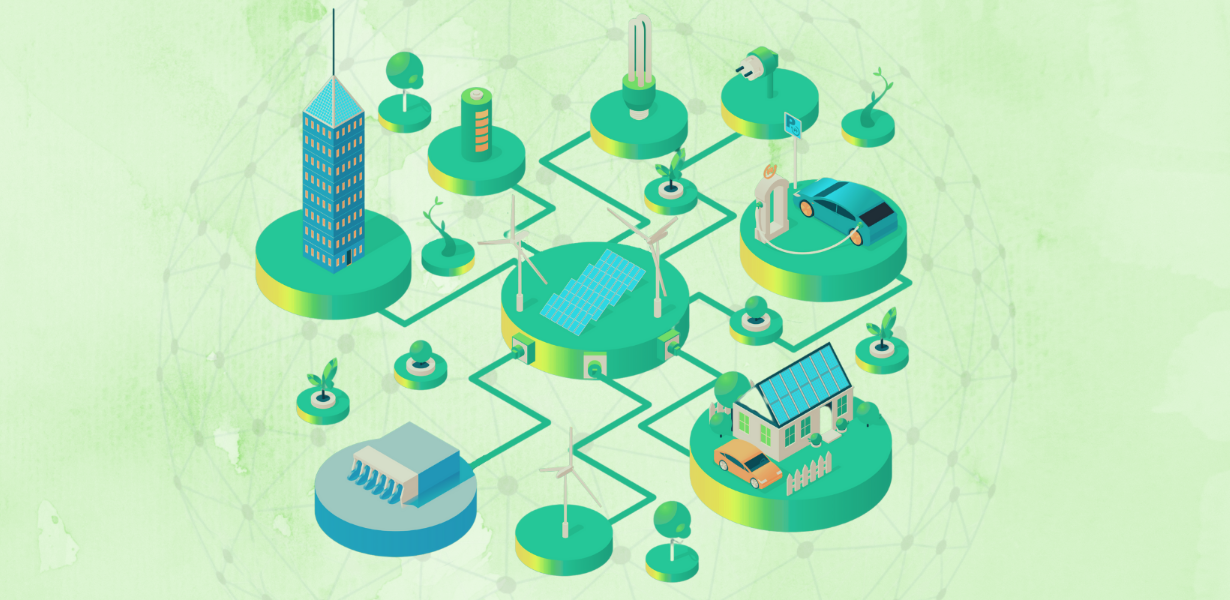
Eco-conscious Responsive Design: Sustainable Solutions for a Greener Future
- Post
- August 5, 2023
- HTML & CSS, Responsive Design, Web Development
- 0 Comments
With the world facing pressing ecological challenges, the concept of eco-conscious responsive design emerges as a beacon of hope. Responsive design, as you might know, refers to the approach of creating websites that adapt seamlessly to various devices, ensuring an optimal user experience. Integrating this concept with eco-consciousness means embracing sustainable practices, reducing digital carbon footprints, and preserving natural resources.
Understanding Eco-conscious Responsive Design
What is Eco-conscious Responsive Design?
Eco-conscious responsive design aims to create digital experiences that balance user satisfaction and environmental conservation. It involves employing sustainable web development practices, optimizing code, and minimizing data usage, thus lessening the ecological impact of websites and applications.
The Importance of Responsive CSS Media Queries
Responsive CSS media queries play a pivotal role in achieving eco-consciousness. By using media queries effectively, developers can tailor content presentation based on device characteristics, minimizing unnecessary data loading and resource consumption.
The Environmental Impact of Web Design
The World Wide Web might seem ethereal, but it has a tangible environmental impact. From data centers’ energy consumption to device manufacturing, web design affects the planet in ways we might not realize.
Unveiling the Hidden Energy Consumption
Behind every website lies the infrastructure that powers it. Data centers, responsible for hosting websites and apps, consume vast amounts of energy. However, with eco-conscious responsive design, we can optimize servers, use renewable energy sources, and employ efficient cooling systems to reduce their carbon footprint.
E-waste and Sustainable Devices
The proliferation of electronic devices raises concerns about e-waste. By designing eco-conscious websites, we can encourage device manufacturers to embrace sustainability, promoting longevity, repairability, and recyclability.
Implementing Eco-conscious Responsive Design
Now that we recognize the significance of eco-conscious responsive design, let’s explore practical steps to implement it effectively.
Minimizing HTTP Requests
Reducing HTTP requests decreases data transfer and load times, resulting in a more efficient and eco-friendly website. Concatenating files and using CSS sprites are powerful techniques to achieve this.
Optimizing Images and Media
Large images and media files are major culprits of data consumption. Compressing and optimizing these assets without compromising quality enhances both user experience and environmental sustainability.
Leveraging Caching Mechanisms
Caching stores website data locally on users’ devices, reducing the need for repeated data retrieval. This not only speeds up page loading but also saves energy by decreasing server requests.
Prioritizing Mobile Responsiveness
Mobile devices are ubiquitous, and designing with mobile responsiveness as a priority ensures widespread accessibility and minimizes resource usage.
Final Words
Eco-conscious responsive design is the bridge between technology and sustainability. By aligning user-centric digital experiences with environmental responsibility, businesses can contribute to a greener future while meeting the needs of eco-conscious consumers. Embrace this transformative approach and create a positive impact on the world.
Commonly Asked Questions
Q1: How does eco-conscious responsive design benefit businesses?
A1: Eco-conscious responsive design enhances brand reputation, attracts environmentally conscious consumers, and reduces long-term operational costs through energy efficiency.
Q2: Can eco-conscious design compromise user experience?
A2: Not at all! In fact, it enhances user experience by promoting faster load times, mobile accessibility, and streamlined content delivery.
Q3: Is eco-conscious responsive design compatible with all devices?
A3: Absolutely! It ensures seamless adaptability across various devices, from smartphones and tablets to desktop computers.
Q4: Does eco-conscious design require advanced technical skills?
A4: While technical expertise helps, many resources and tools are available to guide developers in adopting eco-conscious practices.
Q5: How can businesses measure the environmental impact of their websites?
A5: There are various tools and services available that help businesses calculate and monitor their websites’ carbon footprints and resource consumption.




